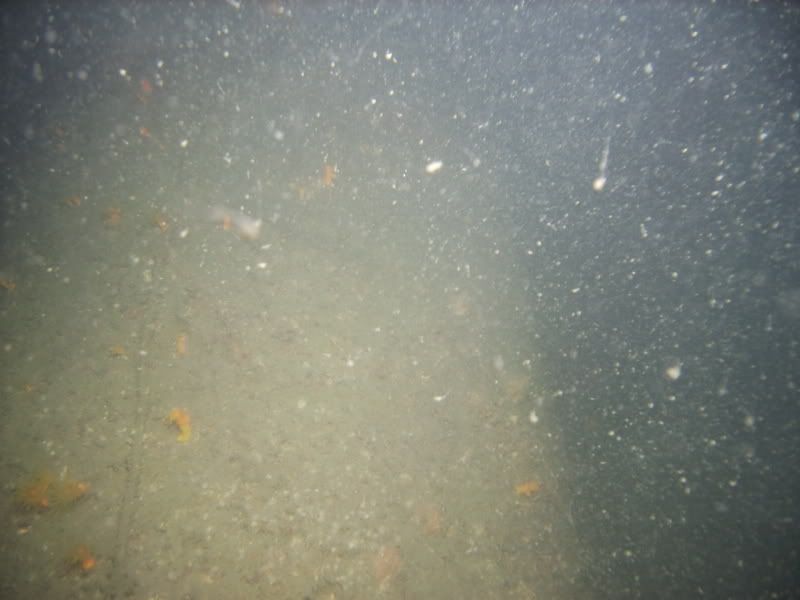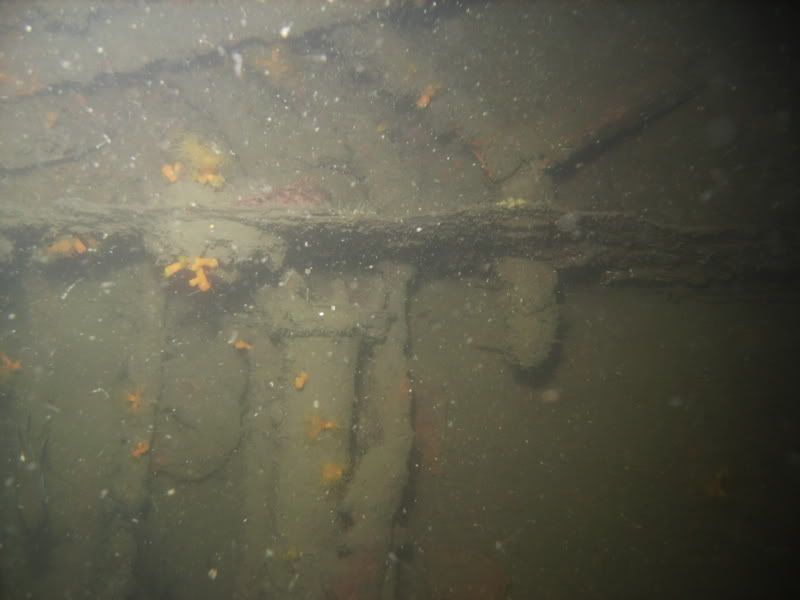IwakuniDiver
Contributor
Hey everyone.
I seem to have myself in a bind. I have written an aritcle for a dive magazine about a WWII wreck that I have been diving. The article is all finished, turned in and the magazine is very interested in publishing it.
Only problem is that all my pictures of the wreck are completely dreadful. The area that the wreck is in is particularly famous (notorious) for having poor vis (10-20feet) and the water is a dark green in color. Very similar to Puget Sound. Take into account that the wreck is in 130fsw, it's VERY dark down there so an external strobe is a necessity.
To avoid comments like "your camera sucks" and "buy this $5000 camera" responses, I'm not going to go into what kind of camera I have, all I'm going to say is that it's digital. I came to the realization long ago that I am a diver, not a photographer.
Here's my problem, my external flash generates crazy backskatter down there but it I don't use it, I have black pics. The top of the wreck is at only 50fsw so I can use ambient light there but taking pics of the bottom of a ship's hull is kinda boring IMO (she's inverted, port-side up). I'm fairly inexperienced in wreck photography so what kind of feature or angle should I go for?
I'm going back in a week for four more dives so any advice on low-vis photography would be greatly appreciated.
Scott
I seem to have myself in a bind. I have written an aritcle for a dive magazine about a WWII wreck that I have been diving. The article is all finished, turned in and the magazine is very interested in publishing it.
Only problem is that all my pictures of the wreck are completely dreadful. The area that the wreck is in is particularly famous (notorious) for having poor vis (10-20feet) and the water is a dark green in color. Very similar to Puget Sound. Take into account that the wreck is in 130fsw, it's VERY dark down there so an external strobe is a necessity.
To avoid comments like "your camera sucks" and "buy this $5000 camera" responses, I'm not going to go into what kind of camera I have, all I'm going to say is that it's digital. I came to the realization long ago that I am a diver, not a photographer.
Here's my problem, my external flash generates crazy backskatter down there but it I don't use it, I have black pics. The top of the wreck is at only 50fsw so I can use ambient light there but taking pics of the bottom of a ship's hull is kinda boring IMO (she's inverted, port-side up). I'm fairly inexperienced in wreck photography so what kind of feature or angle should I go for?
I'm going back in a week for four more dives so any advice on low-vis photography would be greatly appreciated.
Scott






